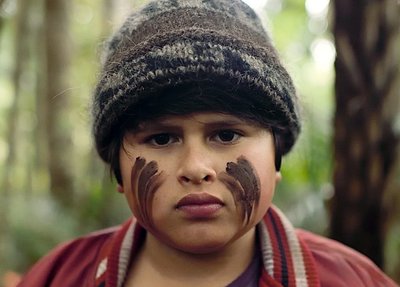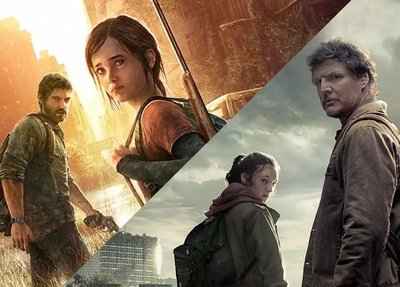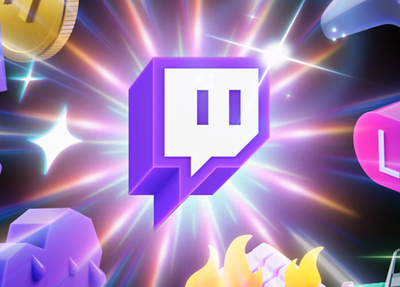What you need to know when talking with your young person about porn
Kate on April 6, 2022
Kate was a teacher for over a decade before moving into primary prevention of sexual violence. She now works with Te Mana Whakaatu - Classification Office.
Here are her top six takeaways for having those important conversations that many of us would rather avoid.
1. Saying ‘porn is bad don’t watch it’ won’t stop your young person seeing porn but instead is very likely to shut down any future conversations. We need to listen.
Our job is to protect our kids from harm so it makes sense that telling our kids not to watch porn, full stop, is a go to for many of us. But really what we want is for our kids to know they can talk with us, that they will be heard and not judged if they have seen porn. Opening up the conversation rather than shutting it down enables us to support our kids better.
2. Conversations about porn are conversations about healthy relationships, consent, gender and sexuality.
Do I have to watch porn to have these conversations? - That’s a question I get asked a lot by parents and whānau. The answer is no. At the heart of conversations about porn are conversations about what a healthy relationships looks like, what consent is (in all relationships not just intimate ones) and messages about gender and sexuality. And you don’t have to see porn to talk about these things.
3. Seeing and watching porn doesn’t make them bad kids.
Seeing porn by the time a young person is a teenager is common, even if they are not actively look for it. Research shows that 1 in 4 young people have seen porn by age 12 and 71% of those weren’t seeking it out. Young people are often curious about bodies and sex, but its taboo so instead they turn to Google and you can imagine what shows up in their search results.
4. We need to start the conversation.
Sorry it’s you, young people are unlikely to start a conversation about porn with an adult. Of the young people we spoke to in our research 66% had never spoken to an adult about porn which means that they are often having to work out what they might see by themselves.
5. Ask yourself what do I bring to this conversation?
Before launching into these conversations it’s important to think about own values, beliefs and perhaps assumptions when it comes to sex and pornography. It’s about coming at the topic able to listen and not judge. I’m not asking you to change your values when it comes to porn but by keeping our own emotions in check we can create a more neutral space to talk with our kids.
6. This is not a one off conversation – take the pressure off
Talking about porn can make many of us feel uncomfortable and anxious and we worry about getting it right. But this isn’t a one off conversation, its one that happens little and often and changes with the age and stage of your child. Sometimes you will be met with grunts and “you don’t know anything don’t talk to me about this!” and sometimes, if you keep showing up and trying to engage in the conversation in a way that shows your young person you care about them and value what they have to say they may start opening up to you and you might see glimmers of them developing their critical thinking skills.
Talking about porn isn’t always easy but having these challenging conversations can have a positive impact on the wellbeing and relationships of your young person. So try and try again.
For a more in-depth look at how we can having conversations with our young people about porn in a positive and productive way take a look at this filmed presentation that is packed with more tips, tools and practical advice to give you the confidence to begin.
Subscribe to our blog
Stay up to date with the Classification Office blog.


